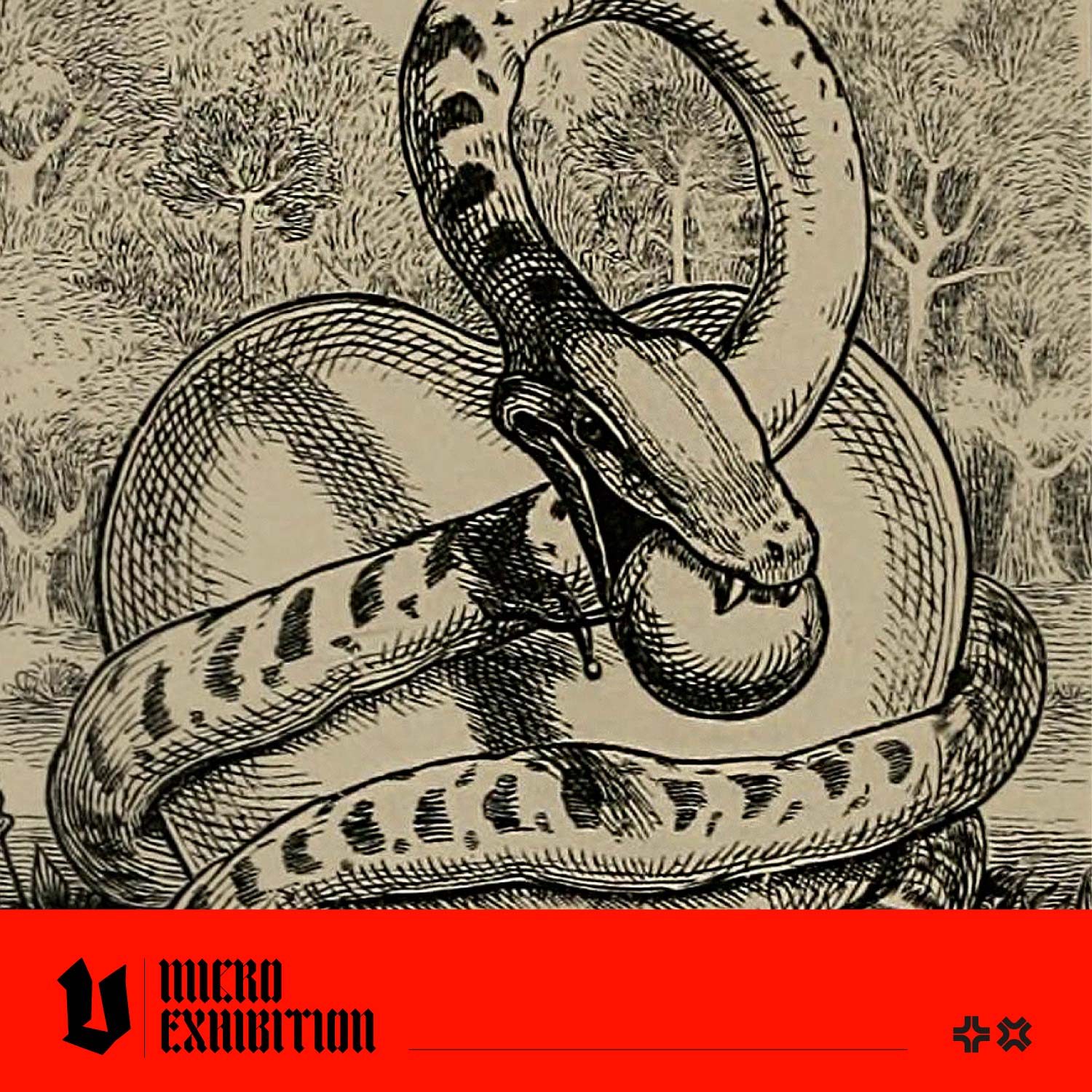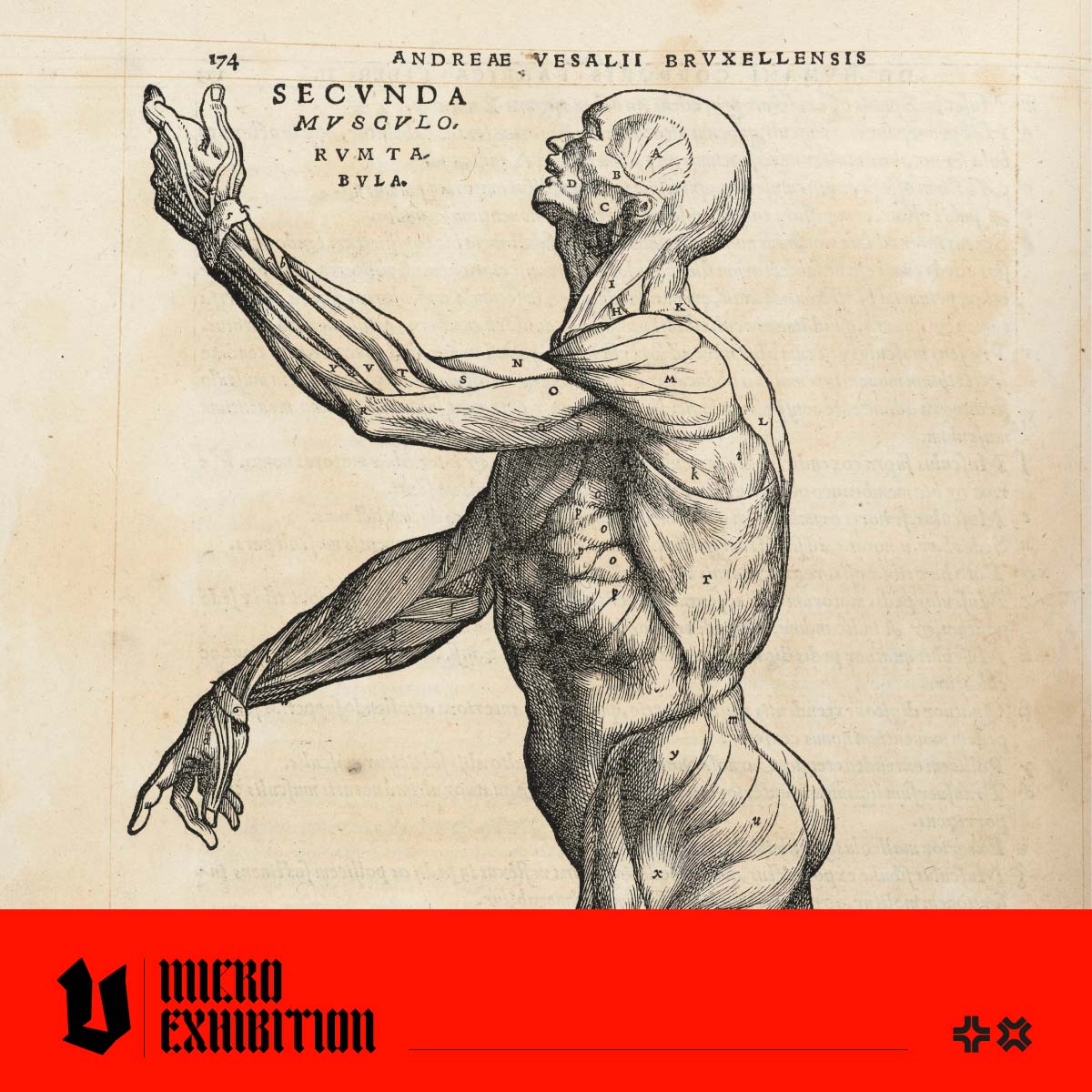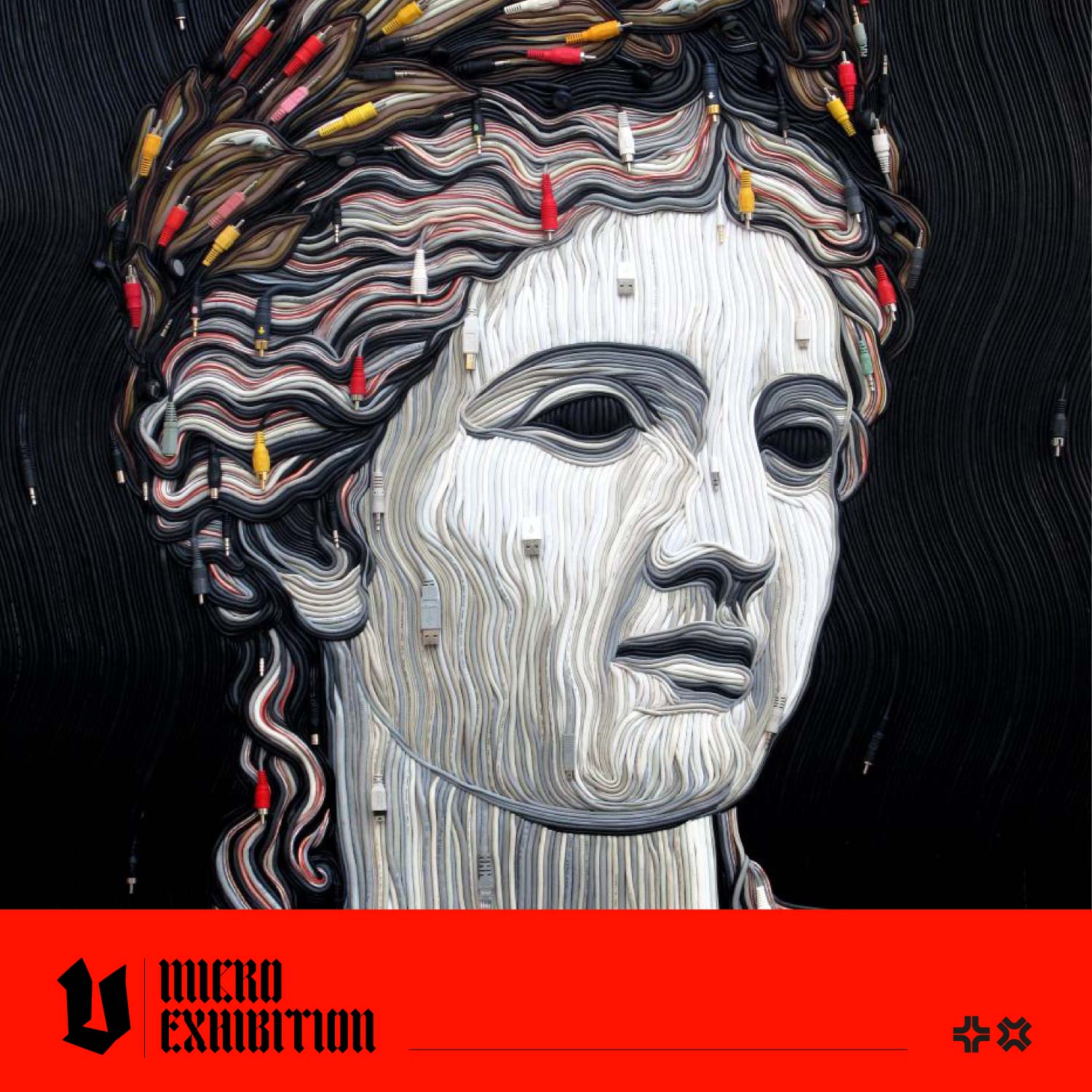Join us on a captivating exploration of the world of emblems; we'll discover their history and meaning and, of course, examine some fascinating examples. Let's go!
From 'Quarles' Emblems' by Francis Quarles, 1592-1644
What is an Emblem?
An emblem is a visual representation of ideas. These ideas vary, and an emblem can describe abstract concepts, moral truths, allegories, or people. An emblem is a code designed to share moral, political, or religious values that require interpretation by the observer. Through a deliberate arrangement of commonplace, often disparate, elements, emblems invite readers to use their knowledge and experiences to unravel the layers of symbolic significance.

From 'Quarles' Emblems' by Francis Quarles, 1592-1644
While the terms 'emblem' and 'symbol' are frequently used interchangeably, an emblem refers to a specific design crafted to represent an idea, an individual or identify groups of people.

From 'Quarles' Emblems' by Francis Quarles, 1592-1644
In historical contexts, emblems were often attributed to saints, which helped viewers identify them in artistic depictions. St. Catherine of Alexandria is recognised by the wheel or a sword. (She was tortured on a wheel for not repenting her Christian faith. When the wheel broke, she was decapitated by the sword. This is also where we get the firework named 'Catherine Wheel') while St. Anthony the Abbot was identified by a pig (symbolising his healing skill, as pig lard was a popular remedy) and a small bell (to ward off the devil). These symbols, commonly known as attributes, were typically depicted as being carried by or placed near the saint in artistic renditions.
From 'Quarles' Emblems' by Francis Quarles, 1592-1644
Monarchs and other prominent figures also adopted personal emblems or distinctive devices that set them apart from their family heraldry. A notable example is Louis XIV of France, known as the Sun King, who chose the sun as his personal emblem. The official Versailles website explains this choice, "The sun is the symbol of Apollo, god of peace and the arts; it is also the star which gives life to all things, rising and setting with unfailing regularity. Like the god, Louis XIV was a warrior fighting to restore peace." Nec pluribus impar (literally: "Not unequal to many") is a Latin motto adopted by Louis XIV of France from 1658. It was often inscribed together with the symbol of the "Sun King": a head within rays of sunlight. The image shows a Nec pluribus impar motto and the sun-king emblem, on a de Vallière gun, 1745.
Nec pluribus impar (literally: "Not unequal to many") is a Latin motto adopted by Louis XIV of France from 1658. It was often inscribed together with the symbol of the "Sun King": a head within rays of sunlight. The image shows a Nec pluribus impar motto and the sun-king emblem, on a de Vallière gun, 1745.
below, from 'Quarles' Emblems' by Francis Quarles, 1592-1644

What is an Emblem Book?
An emblem book is a collection of emblems (symbolic illustrations) accompanied by explanatory text. This genre gained popularity in Europe during the 16th and 17th centuries.
Emblem books consist of three integral elements:
- an icon or image (pictura),
- a motto, (inscriptio)
- and explanatory text (subscriptio) explaining the relationship between the illustration and the motto.
The length of this accompanying text varied, ranging from concise verses to extensive prose. It is important to note that scholars debate whether the actual emblems are the images, the accompanying texts, or both. This is because the first emblem book, the Emblemata of Andrea Alciato (1531), was intended by the author to be purely text, but the printer took it upon themselves to add their own unauthorised woodblock images.
Here's an example from an emblem book, 'Das erneurte Stamm- und Stechbüchlein' by Fabianus Arthyrus aka Georg Philipp Harsdörffer published in 1645. The text reads:
"Die Hoffnung führet mich gen Himmel von der Erden,
Die Hoffnung welche läßt niemals zu schanden werden"
"Hope leads me to heaven from earth,
The hope that can never be put to shame"
(Via Google Translate)
Another example is Het Menselyk Bedryf, (The Book of Trades), 1694. It is an emblem book containing 100 engravings created by Jan Luyken and his son Caspar. It illustrates various trades in Amsterdam during the Dutch Golden Age. Each image is accompanied by a moralistic poem about the profession, contributing to the virtuous narrative of the book. Here's the illustration of the musician.

Musician via Geneaknowhow.net
Common Emblems and Their Meanings
You'll see emblems almost everywhere; let's look at a couple of well-known examples;
- Horseshoe: loyalty, good luck and protection
- Four leaf clover: happiness, good luck
- Pig: plenty and abundance
- Ladybird; Prosperity
- Pansies: Memories

From 'Quarles' Emblems' by Francis Quarles, 1592-1644
We hope you have enjoyed learning about the history and meaning of emblems. We've curated hundreds of emblems in our books, Vintage Logo Design Inspiration Compendium Volume.1 and Vintage Logo Design Inspiration Compendium Volume.2. Expect to find epic imagery of masonic and odd fellows symbols, snakes, skulls, swords, eagles, devils, memento mori, dragons, serpents, hourglasses, anchors, globes, hammers, hands, lions, crosses, banners, borders, ornaments, insignias and much more.







